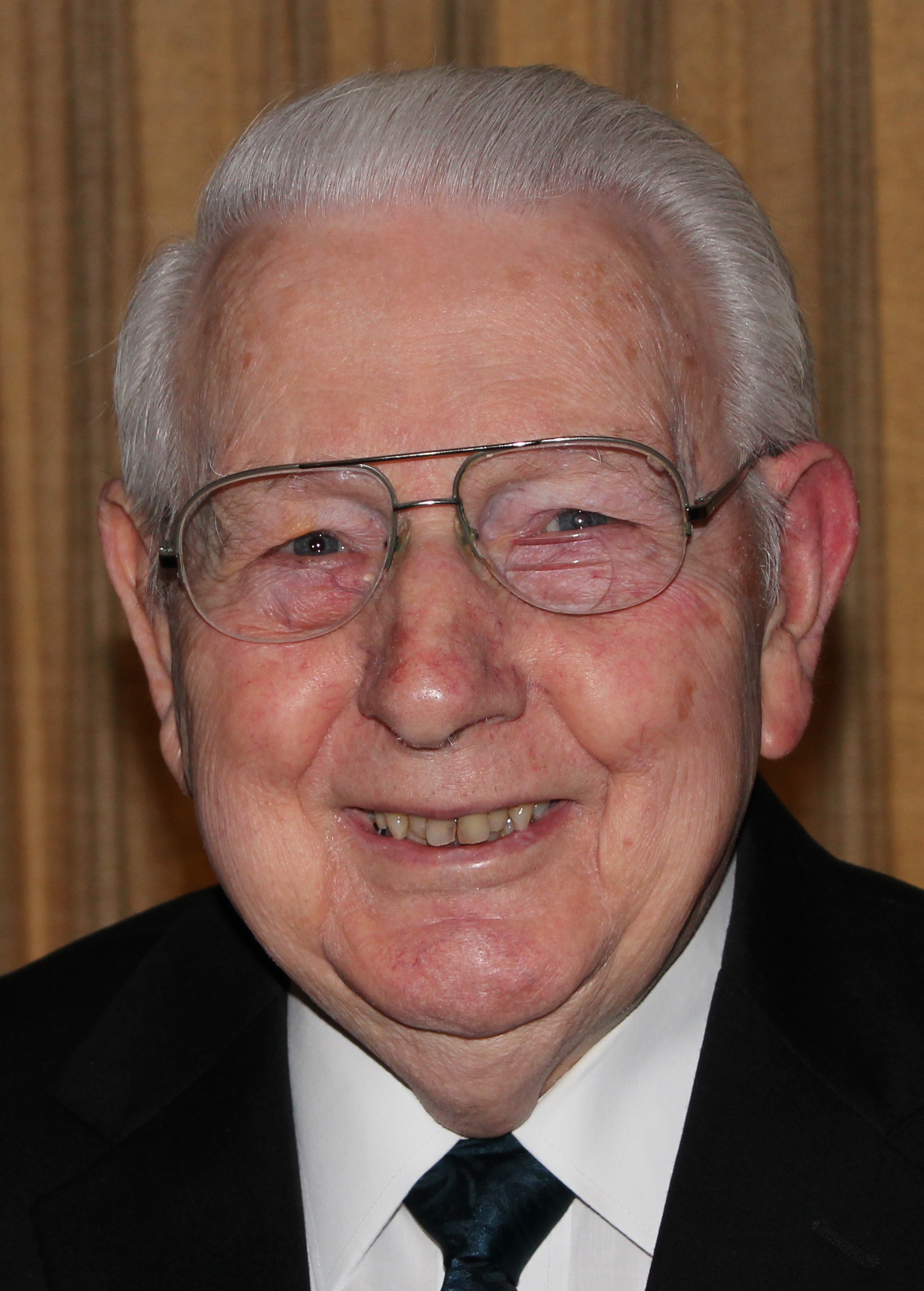 February 15, 2016 (Monday)
February 15, 2016 (Monday)
Last week Dale Pogue wrote a blog about poetry from Elizabeth Barrett Browning, quoting her “How do I love thee..” A beautful blog about love.
He mentioned the Armstrong Browning Library, on the campus of Baylor University. It occupies an unusually beautiful building. Dr. A. J. Armstrong, Baylor professor, was a world authority on the Brownings and their writings. He was on the faculty for 40 years, was living when I was a student, and died in 1954.
The building was constructed 1948-1951 at a cost of $1.75 million ($16 million in today’s dollars). I took this picture soon after completion:

Here it is today (postcard):

If you look closely, you can see that the big bronze doors in the earlier photo glisten, not yet aged by the elements. They are beautiful today, but when they were new the images on them were more clearly defined. Or so it seemed to me. As you can see, the golden banisters were also bright and shiny.
I had a couple of English classes in that building. To get to the next class I walked (very fast) from 8th and Speight to 5th and Dutton streets, more than a mile across the campus from an English class there to a psychology class in a converted army barracks–from the sublime to the not-so-much. A lot has changed in all these years. No more temporary buildings. And, since the 1995 renovations, no more classrooms in the Armstrong Browning Library. (And I seldom briskly walk a mile).
Strange how some events stand out in the memory. What I remember from those classes are the readings of prose and poetry by my professors, especially “Maid of Athens, Ere We Part” by George Gordon, Lord Byron (composed: 1810, Athens), in which each verse concluded with the Greek words, ” Zoë mou sas agapo,” which means, “My life, I love you.” I knew no Greek at the time, so it sounded funny. My classmates agreed. We all laughingly quoted that line for weeks afterwards. Turns out we were the monkeys. Now that I have been exposed to the Greek language, it sounds beautiful.
And another memory from that class was the professor’s comment about the weather, which was extraordinarily spring-like, although we were in the dead of winter in Central Texas, which can get really cold. The spring season on campus was absolutely beautiful as all the trees took on new life and the flowers appeared everywhere. And you know what they say about spring and “a young man’s fancy.”
Ah “those were the days, my friend, we thought they’d never end..” Remember that song? Did you know it was a Russian song? It came out in 1925 and in 1927 it was banned by Stalin. (Read all the lyrics by clicking here). Read the whole story in Wikipedia if you like. I thought it was interesting because to me it just sounded like a fun song, but was really a dangerous political statement–the kind that risked prison in a totalitarian state. God bless the U.S.A.
Explore this magnificent building online. Click here.
